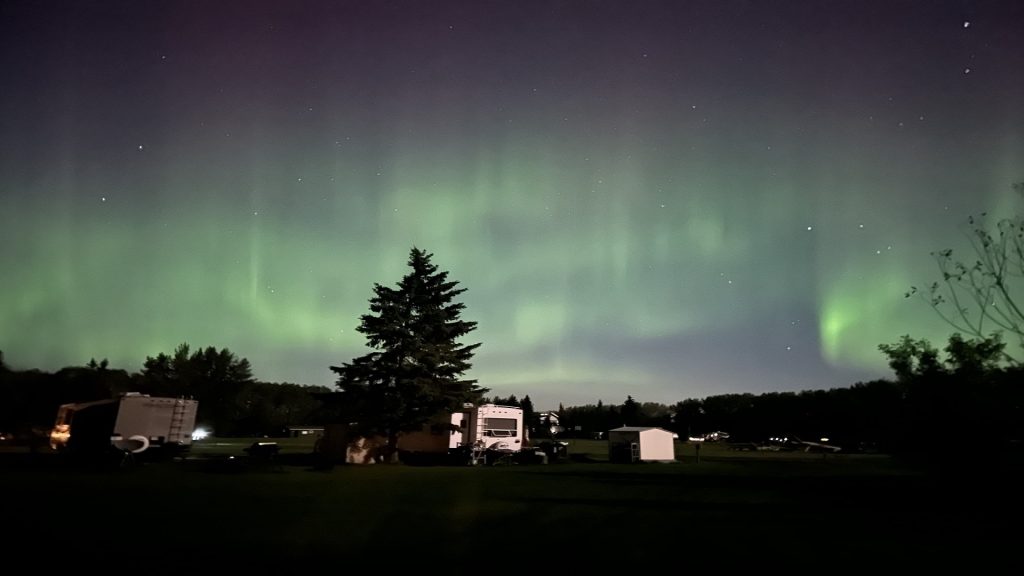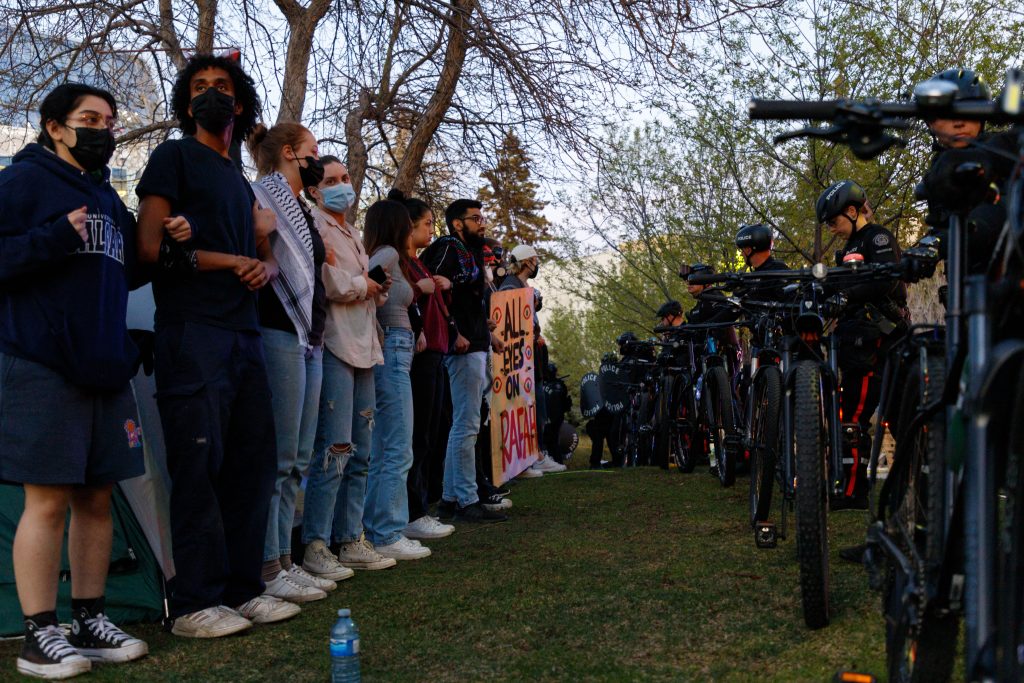Off highway vehicles destroying backcountry: Conservationist
Posted Jul 6, 2015 3:28 pm.
This article is more than 5 years old.
A dozen years ago, a person may have seen a few tire tracks, now the Alberta Wilderness Association says a person standing in some delicate backcountry trails will be in over their head.
Sean Nichols, a conservation specialist, is part of team who have spent over a decade researching how off highway vehicles like ATV’s are damaging fragile Alberta wilderness trails, where soft ground accompanies nearby creeks and foliage.
“We would like to see more work being done into looking at the appropriate areas for trails to be built,” Nichols said.
“We’re looking at trails, if they’re OHV’s [off-highway vehicles], to be built in areas where you’re not going to see this damage.”
To collect data, the association buried traffic sensors at three trailheads over about 70 kilometres off the Bighorn region in the foothills southwest of Edmonton.
“We’ve been measuring how much OHV use there is, how much traffic there is on these trails and also measuring the effects of how much erosion, how much damage there is to the environment.”
In some cases, the ruts were so deep that the association found small streams were being diverted.
Nichols said there seems to be some level of success where signs were put up reminding drivers to stay on designated areas, but he believes many of these areas are not correctly designated in the first place.
“People have got to learn you can’t just go everywhere with these machines.”
AWA data shows the number of vehicles on the monitored trials grew from 3.226 in 2001 to 5,544 in 2014.










